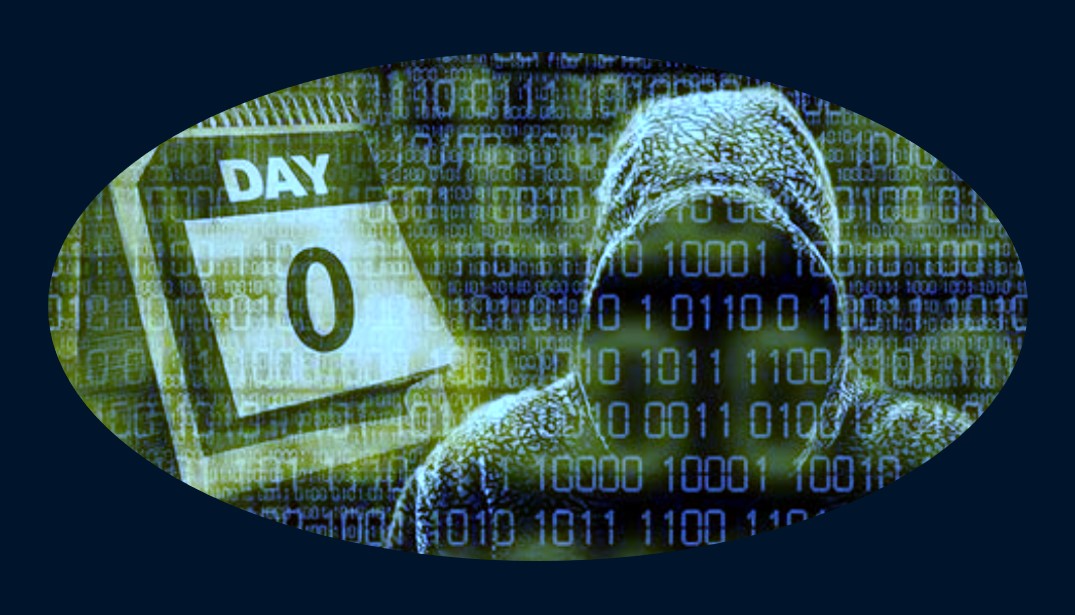The Alarming Rise of Zero-Day Vulnerabilities
April 1, 2025

In the world of cybersecurity, a silent arms race is unfolding. Cybercriminals and state-sponsored hackers are hunting for undiscovered software vulnerabilities, while security experts scramble to identify and patch them. These elusive flaws, known as zero-day vulnerabilities, represent some of the most dangerous threats in the digital landscape. But what exactly are zero-day vulnerabilities, and why are they on the rise? Let’s delve into this pressing issue and explore how businesses and individuals can protect themselves.
What Are Zero-Day Vulnerabilities?
A zero-day vulnerability is a software flaw that is unknown to the vendor or developer and, therefore, has no patch or fix available. These vulnerabilities are particularly dangerous because attackers can exploit them before developers have the chance to address them—hence the term “zero-day.”
Exploits targeting zero-day vulnerabilities often result in:
- Unauthorized access to sensitive data.
- The spread of malware or ransomware.
- Disruption of critical systems.
The Alarming Rise of Zero-Day Attacks
Recent years have seen a sharp increase in zero-day vulnerabilities and exploits. In 2021 alone, researchers recorded a record-breaking number of zero-day attacks, a trend that has continued to accelerate. But why is this happening? Here are some key factors driving the rise:
- Sophisticated Threat Actors
Nation-states and advanced cybercriminal organizations are investing heavily in uncovering and exploiting zero-day vulnerabilities. These actors use sophisticated techniques to find flaws in widely used software, such as operating systems, browsers, and popular applications.
- Expanding Attack Surface
The rapid growth of cloud computing, IoT devices, and remote work solutions has expanded the attack surface, providing more opportunities for attackers to find and exploit vulnerabilities. Each new technology or device introduces potential entry points for cyberattacks.
- Lucrative Zero-Day Markets
A robust underground market for zero-day exploits has emerged, where vulnerabilities are bought and sold for millions of dollars. Governments, hackers, and private companies are all potential buyers, fueling an economy that incentivizes the discovery of these flaws.
- Increasing Complexity of Software
Modern software systems are more complex than ever, making it harder to detect vulnerabilities before deployment. The more intricate the codebase, the higher the likelihood of undiscovered flaws.

High-Profile Zero-Day Incidents
Zero-day vulnerabilities have been at the heart of some of the most significant cyberattacks in recent history. For example:
- Stuxnet (2010): A worm that exploited multiple zero-day vulnerabilities to sabotage Iran’s nuclear facilities.
- Hafnium Attacks (2021): State-sponsored hackers exploited zero-day flaws in Microsoft Exchange servers to infiltrate organizations worldwide.
- Log4Shell (2021): Although technically not a zero-day by the time it was widely known, this critical vulnerability in the Log4j library demonstrated how quickly attackers could exploit newly discovered flaws.
The Impact of Zero-Day Exploits
The consequences of zero-day attacks can be devastating:
- Financial Losses: Data breaches and downtime can cost businesses millions.
- Reputation Damage: Customers may lose trust in organizations unable to secure their systems.
- Operational Disruption: Critical infrastructure, such as healthcare or energy systems, can be severely impacted.
How to Mitigate Zero-Day Risks
While it’s impossible to eliminate the risk of zero-day vulnerabilities entirely, businesses and individuals can take steps to minimize their exposure:
- Adopt a Proactive Security Strategy
- Regularly update and patch software to reduce vulnerabilities.
- Employ endpoint detection and response (EDR) tools to identify and mitigate suspicious activity.
- Use firewalls and intrusion detection systems to monitor network traffic.
- Leverage Threat Intelligence
Organizations can benefit from subscribing to threat intelligence feeds that provide insights into emerging zero-day vulnerabilities and potential exploits.
- Implement Zero Trust Architecture
Zero trust principles limit access to sensitive systems and data, reducing the potential impact of a zero-day exploit. By verifying users and devices at every stage, organizations can better protect their environments.
- Backup Critical Data
Regularly backing up essential data ensures that organizations can recover quickly in the event of a ransomware attack or other exploit.
- Educate Employees
Human error remains a significant factor in successful cyberattacks. Training employees to recognize phishing attempts and adhere to cybersecurity best practices can mitigate the risk of exploitation.

Looking Ahead: The Future of Zero-Day Vulnerabilities
As technology continues to evolve, the battle against zero-day vulnerabilities will only intensify. Developers, security professionals, and policymakers must work together to stay ahead of threat actors. This includes investing in secure coding practices, improving vulnerability disclosure processes, and fostering collaboration between public and private sectors.
For businesses, staying vigilant and proactive is critical. By leveraging the latest cybersecurity tools and strategies, organizations can reduce their risk and ensure they are prepared for whatever the future holds.
In the end, the fight against zero-day vulnerabilities is not just about technology—it’s about building a culture of security that permeates every aspect of an organization.
Have Any Question?
Call or email Cocha. We can help with your cybersecurity needs!
- (281) 607-0616
- info@cochatechnology.com




